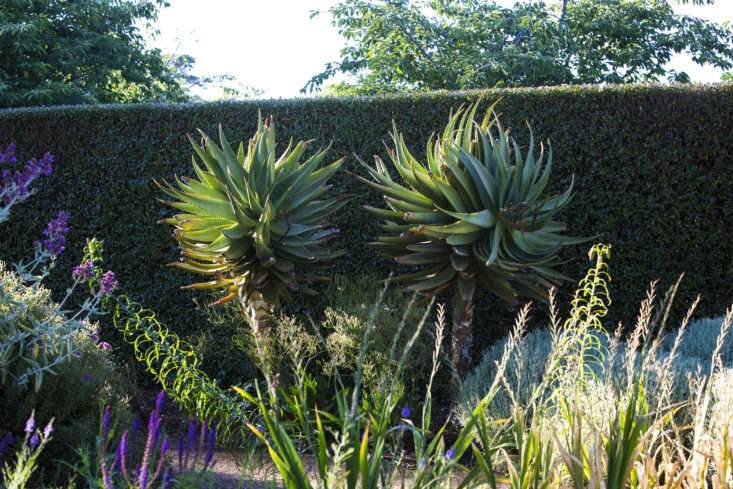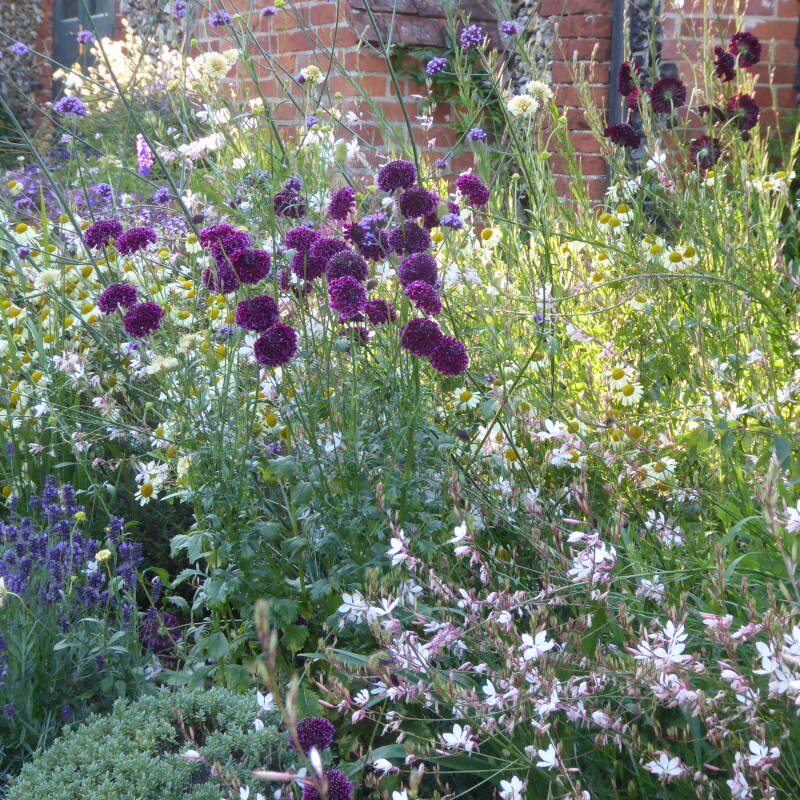Autumn in April is business as usual in Australia. Why have it any other way? As these gardens show, there is a liberation from being closer to the east than the north. Here are 10 modern ideas to steal from a continent unhindered by centuries-old garden traditions.
Water Conservation

Billabongs
Known outside of Australia as an oxbow lake, a billabong is an area of water cut off from the river flow. Filling up every year, they also dry up rather quickly, and a garden billabong can be an improved version. Surrounded by three stories of planting, a sense of enclosure is created. Incorporating billabongs into a design approach is a useful way to capture water while creating a happy ecosystem. Frogs, insects, birds, and mammals will be instantly attracted.
Sustainable Design

Sustainability is about more than recycling and zero waste; water conservation and homemade energy are incorporated into the best designs across the continent. Offset by tall trees and water, solar panels have never looked so good.
Uninhibited Floristry

Without the baggage of traditional horticulture, Australian florists, flower decorators, and flower artists (call them what you will) have a freewheeling approach that is admired by people working in the same field in places like England. Australian flower people also know how to exploit their own visual opportunities, and camera talent is closely linked with floristry. See also @afloralfrenzy, @poppies_flowers, @jardinebotanic, all on Instagram.
Keep a Low Profile

Eucalyptus
Fondly known as gum trees, 700 species of eucalyptus provide the lofty canopy in Australian landscapes, as iconic as the middle-story tree fern. For more, see Kidnapped: The True Story of Eucalyptus.

No Plant Too Weird

With a preferred emphasis on native, local species in modern Australian gardens, things are bound to get a little unusual. Unlike the highly cosseted and not-always-convincing attempts at tropical planting in northern climes, the plant choice here is a natural partner to vitality and innovation. “We are really lucky in Australia,” says Charlie Lawler of Loose Leaf florists in Victoria. “Everything from tropical plants to alpine scrub grows here.”
Recycle and Reuse

Ikebana Influence
It is clear that Australian horticulturalists take more from their closer neighbors in Japan than they do from their colonial ties with Great Britain. The art of ikebana (and its Korean relation kokozi) is characterized by a use of living plants in arrangements, with an exploration of negative space and asymmetry.

“We love using big-leaved plants like monstera,” says Charlie Lawler. “It easily turns any space into a jungle.” Lawler and his partner Wona Bae at Loose Leaf have turned these into monstera “chandeliers,” with the addition of fig leaf branches. Their shop and studio space in Collingwood, on the outskirts of Melbourne, is also a venue for workshops and for Wona’s weaving. She uses living material on the grand scale, creating wreaths which she could fit into several times, and nests for imaginary giant birds (or humans for that matter). Some of their creations are very small; they are all exquisite.
Tropical Jungles

Most of us can only dream of the huge variety of plants available to Australians, subtropical or otherwise. Here Brachychiton acerifolius, shown at left, mingles with elephant ear, or Colocasia, and the spiky Sydney native Doryanthes excelsa. The summer humidity and mild winters of the subtropics are ideal conditions in which jungly plant communities can thrive.
For more garden inspiration from Australia, see:
- Kidnapped: The True Story of Eucalyptus
- Required Reading: The Planthunter from Sydney
- Georgina Reid: Fixing the World, One Garden at a Time
N.B.: This post is an update; the original story ran on April 6, 2017.








Have a Question or Comment About This Post?
Join the conversation